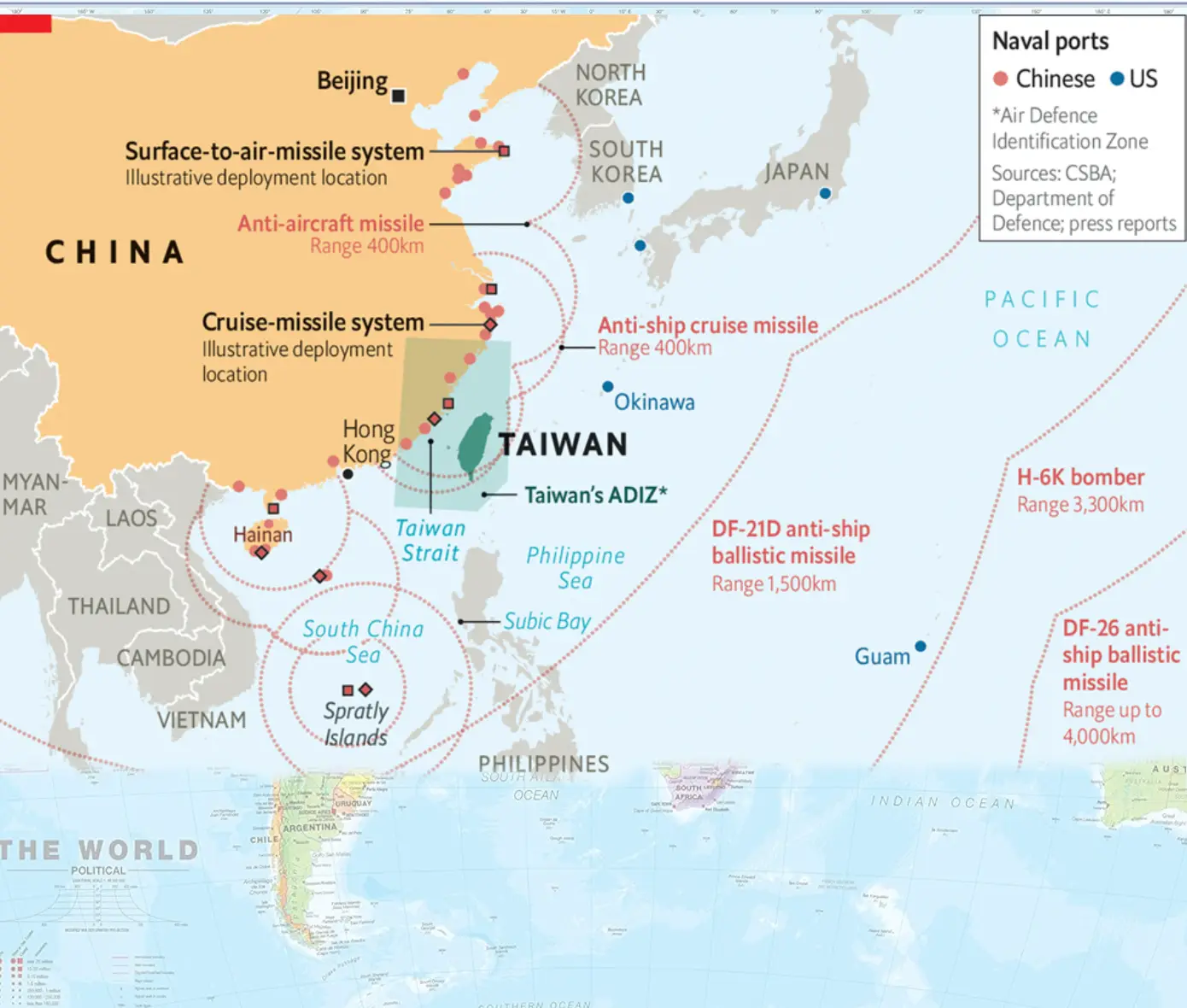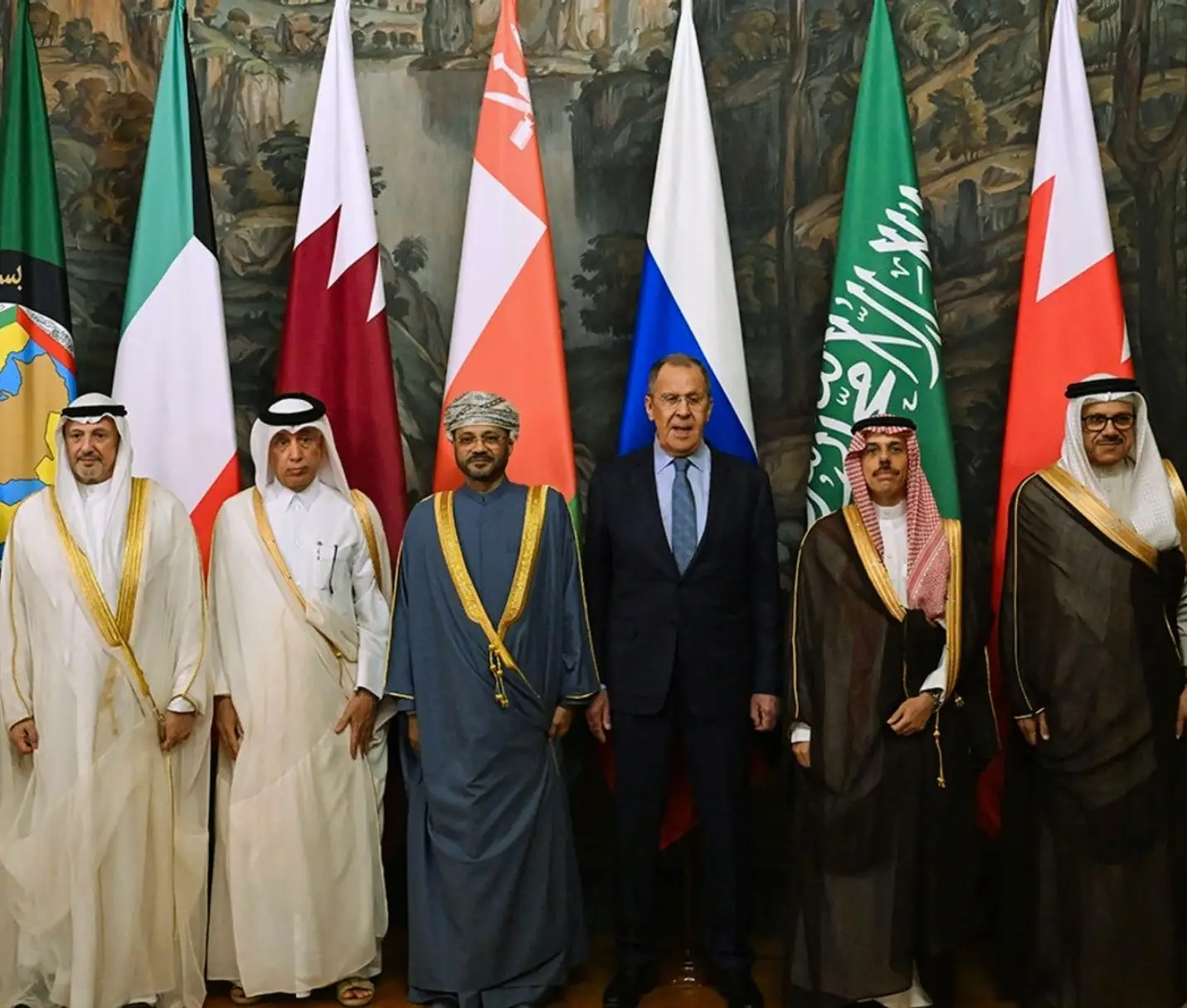The grey zone denotes an operational space where state and non-state actors engage in coercive activities below the threshold of conventional warfare. The absence of clear legal and strategic boundaries complicates responses to grey zone threats, as deterrent actions often risk being labeled as escalatory. In order to conceptualize, the term ‘grey zone’ emerged prominently in Western strategic discourse following the 2010 US Quadrennial Defense Review, which highlighted the increasing prevalence of conflicts that blur the lines between war and peace. Philip Kapusta (2015) defined grey zone conflicts as ‘competitive interactions among and within state and non-state actors that fall between the traditional war and peace duality’. RAND’s subsequent research identified key characteristics, including gradual escalation, non-attribution, reliance on legal and political justifications, state sponsorship, and exploitation of systemic vulnerabilities. The International Committee of the Red Cross (ICRC) has raised concerns that grey zone concept, if misapplied, could undermine international humanitarian law (IHL), particularly regarding the classification of conflicts and accountability.
Moreover, the growing salience of grey zone activities in great power competition reflects evolving geopolitical dynamics, technological advancements, and the erosion of traditional conflict norms. The ubiquity of social media, cyber warfare, and global interdependencies has expanded the scope for grey zone operations to allow actors to exert influence while maintaining plausible deniability. Democracies, particularly those reliant on alliances, face strategic dilemmas in response to grey zone threats, as aggressive countermeasures risk political backlash both domestically and internationally. Chinese Communist Party (CCP) considers Taiwan’s integration a core national objective, yet seeks to achieve this goal without direct military confrontation, given the potential for US intervention. Beijing employs a spectrum of grey zone tactics to influence Taiwanese political and public opinion, disrupt governance, and erode international support for Taipei. These actions align with China’s ‘Three Warfares’ doctrine including psychological, public opinion, and legal warfare.
Furthermore, key grey zone tactics employed by China against Taiwan include military coercion, cyber and digital disruption, political subversion, and economic and legal pressures. Military coercion involves frequent air and maritime incursions across the median line of the Taiwan Strait, large-scale military exercises near Taiwan, and joint operations involving maritime paramilitary forces. Cyber and digital disruption consists of persistent cyberattacks targeting Taiwanese governmental agencies and critical infrastructure, including reported instances of severed underwater cables. Political subversion includes direct engagement with Taiwanese political and social groups to bypass Taipei’s government, influence elections, and shape public discourse. Economic and legal pressures manifest in diplomatic isolation strategies aimed at reducing Taiwan’s international recognition and manipulating legal narratives to legitimize future actions against Taiwan. China’s grey zone operations strategically avoid crossing clear thresholds that would necessitate direct military intervention by United States or other allies, instead incrementally eroding Taiwan’s resilience and international standing.
In addition to this, Taiwan faces inherent vulnerabilities in countering grey zone threats, stemming from its ambiguous international status and democratic political structure. While Taipei has implemented defensive measures, including cyber resilience programs and strategic communications initiatives, it remains constrained by the risk of escalation and limited formal alliances. A key challenge for Taiwan is balancing deterrence with maintaining international support. Any assertive countermeasures risk being framed as escalation, potentially alienating allies. This dilemma substantiates the broader issue faced by democratic states confronting grey zone aggression. Based on Taiwan’s experience, policymakers should consider the following approaches:a) Develop flexible deterrence measures that impose costs on grey zone aggressors without crossing escalation thresholds. b) Invest in cyber infrastructure, public awareness campaigns, and counter-disinformation strategies to mitigate vulnerabilities. c) Strengthen informal security partnerships and intelligence-sharing mechanisms to counter grey zone operations collectively. d) channelize international legal clarity regarding grey zone activities to constrain adversarial maneuvering and uphold accountability. e) Strengthen emerging technologies, including artificial intelligence and advanced cyber tools, to detect and disrupt grey zone operations in real-time.
In short, grey zone activities represent an evolving challenge in international security, characterized by ambiguity, strategic manipulation, and technological exploitation. Taiwan’s experience offers critical insights into the operationalization of grey zone strategies and the complexities of countering them. Effective responses require a combination of resilience, deterrence, international collaboration, and legal innovation. As grey zone tactics continue to shape global geopolitical dynamics, policymakers must refine adaptive strategies to safeguard sovereignty and democratic integrity against sub-threshold threats.






